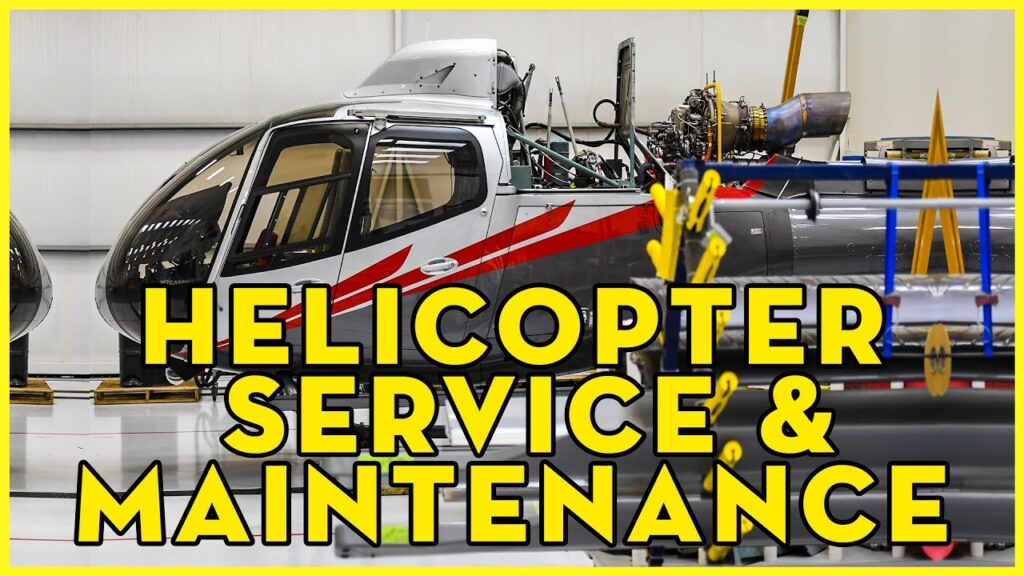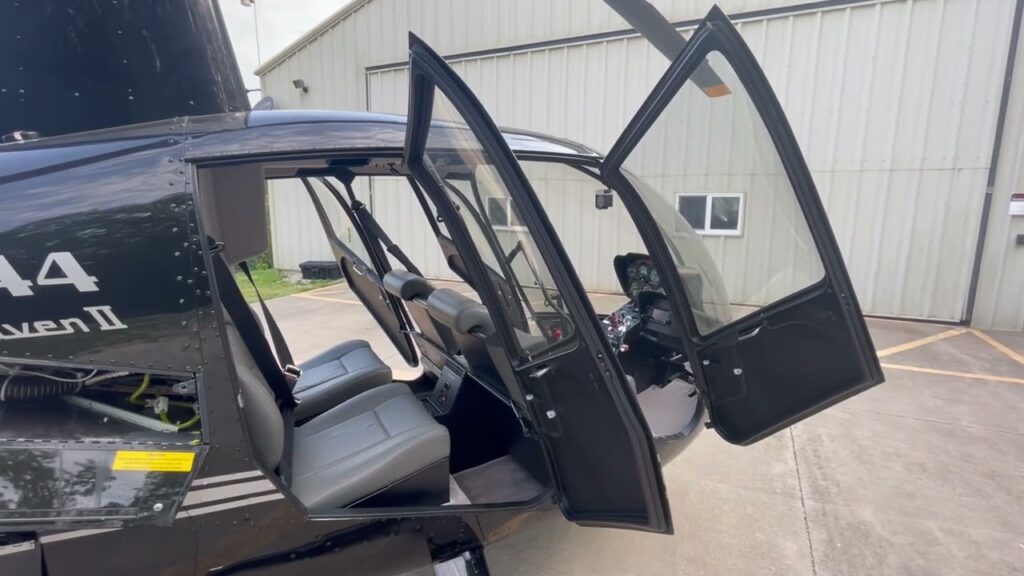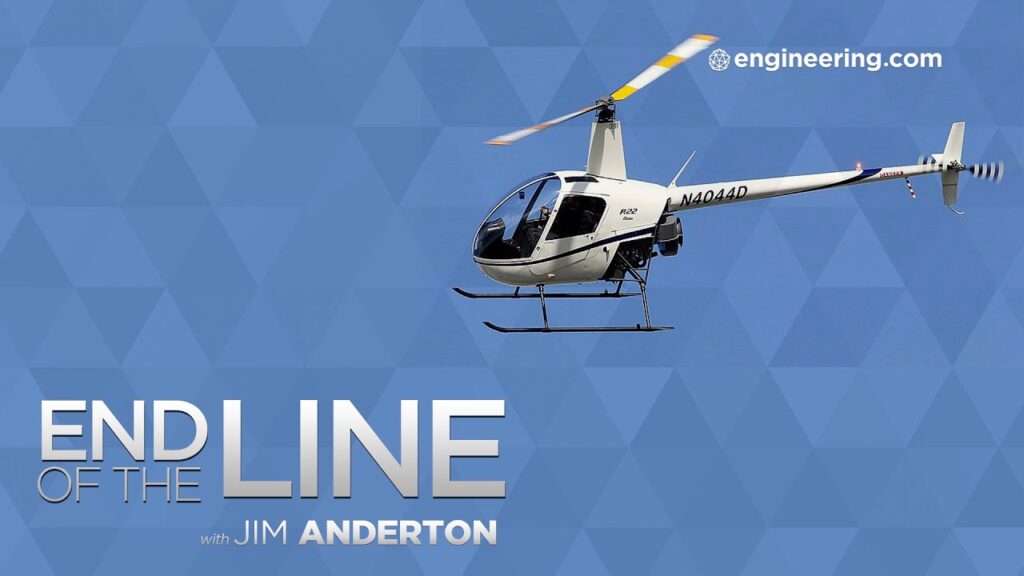The Importance of Regular Helicopter Maintenance in Mexico
Mexico’s diverse landscape and bustling urban centers make helicopters an invaluable tool for various industries, including tourism, law enforcement, and emergency medical services. Regular helicopter maintenance is a foundational aspect of aviation safety and efficiency. Ensuring these complex machines are kept in excellent working condition is not just a regulatory requirement but also a moral imperative to safeguard the lives of passengers and crew.
Helicopter maintenance encompasses a broad range of activities from routine inspections to the replacement of worn or outdated components. In Mexico, where the climate can range from hot and arid to tropical, helicopters are subjected to a variety of environmental stressors that can accelerate wear and tear. Regular maintenance helps to identify potential issues before they lead to equipment failure, thereby extending the service life of the helicopter and ensuring its reliability when it’s needed most.
In addition to preserving mechanical integrity, regular maintenance also has a significant economic impact. Downtime for unscheduled repairs can be costly for operators. By adhering to a strict maintenance schedule, helicopter operators in Mexico can predict and mitigate operational costs, while reducing the likelihood of expensive and unscheduled repairs. Moreover, well-maintained helicopters retain a higher resale value, providing economic benefits over the lifespan of the aircraft.
Finally, compliance with international and local aviation regulations is another critical factor driving the need for regular helicopter maintenance in Mexico. The country’s aviation authorities require meticulous records of all maintenance activities to ensure that aircraft operating within its airspace meet the highest safety standards. Regular maintenance checks that include detailed documentation help helicopter operators comply with these regulations, thereby avoiding potential fines and ensuring uninterrupted operations.
Understanding Helicopter Repair Needs: Best Practices in Mexico
Maintaining and repairing helicopters is a complex task that requires specialized knowledge and adherence to rigorous standards. In Mexico, the aviation industry follows global best practices while also navigating unique challenges posed by the country’s varied geography and climate. Regular maintenance checks are essential to ensure the safety and reliability of helicopter operations, and these checks must be even more frequent in areas with harsh weather conditions or where helicopters are used extensively, such as for tourism or oil drilling activities.
Helicopter maintenance in Mexico is governed by both national and international regulations. The Mexican Directorate General of Civil Aeronautics (DGAC), along with the International Civil Aviation Organization (ICAO), sets out the maintenance schedules and procedures to be followed. Adherence to these guidelines is not just about following the law; it is crucial for ensuring that every helicopter is fit for flight and can operate safely. Mexican repair facilities often work closely with manufacturers to stay updated on the latest maintenance techniques and to acquire OEM parts that guarantee optimal performance.
One of the best practices in Mexico’s helicopter repair industry is the emphasis on continuous training for its technicians. With the aviation field constantly evolving, technicians need to keep up-to-date with new technologies and repair methods. Therefore, professional development is prioritized, with many mechanics attending specialized training programs both within Mexico and abroad. This commitment to professional growth ensures that mechanics have the expertise necessary to diagnose and fix issues promptly and accurately.
Finally, Mexico has seen a significant investment in state-of-the-art maintenance facilities that are equipped to handle a wide range of repair needs. These facilities are designed to accommodate helicopters of all sizes and makes, with advanced tools and diagnostic equipment that enable technicians to perform repairs efficiently and effectively. With the right infrastructure in place, the nation’s helicopter repair industry is well-positioned to offer high-quality services that meet international standards, thereby supporting the safety and longevity of the helicopters in their care.
Essential Helicopter Parts: A Guide for Mexican Operators
For any helicopter operator in Mexico, understanding the critical components of your aircraft is key to ensuring safety, efficiency, and longevity of your operations. The myriad of moving parts may seem daunting, but focusing on essential systems can make maintenance and inspections more manageable. In this overview, we’ll highlight the parts of a helicopter that play pivotal roles in the aircraft’s operation, aimed particularly at helping Mexican operators in the aviation field.
Main Rotor System: As the most recognizable part of a helicopter, the main rotor provides the necessary lift and thrust. Mexican operators must regularly inspect the rotor blades for any signs of wear, cracks, or other damage. Special attention should be paid to the rotor hub as well, as this is where the blades attach and pivot, a critical point for stress and wear.
Tail Rotor: The tail rotor is equally important for directional control, preventing the helicopter from spinning uncontrollably due to torque produced by the main rotor. In Mexico’s diverse landscape, where operations can range from high-altitude flights to those near the coastline, ensuring the tail rotor is functioning optimally is paramount for maneuverability and safety.
Powerplant: Without a doubt, the engine is the heart of the helicopter, providing the power to turn the rotors. In Mexico, where temperatures can vary significantly, the cooling systems of the helicopter must be in prime condition to prevent overheating. Operators should follow a strict engine maintenance schedule to monitor the health of the powerplant, including turbines, pistons, fuel systems, and exhaust mechanisms.
How to Choose a Helicopter Maintenance Service in Mexico
When it comes to ensuring the safety and longevity of your helicopter, selecting the right maintenance service is crucial. In Mexico, with a varied landscape from coastal regions to high mountains, finding a service provider with a broad experience in diverse conditions is beneficial. Always look for certified maintenance facilities that adhere to Dirección General de Aeronáutica Civil (DGAC) regulations, the Mexican equivalent to the FAA. Start by checking their accreditation and make sure their certifications are up-to-date. Reference checking with other helicopter operators can provide valuable insights into the quality of the maintenance services delivered by the facility.
It is essential to consider the range of services offered. A reputable maintenance service should be able to handle everything from routine checks to complete overhauls. Whether you require major repairs, avionics upgrades, or simply preventive maintenance, ensure that the service provider has the necessary expertise and equipment to meet your specific needs. Additionally, staying with a maintenance service provider that keeps extensive records of your helicopter’s service history offers the advantage of having a consistent understanding of your aircraft’s condition over time.
Lastly, evaluate their response time and customer service. In certain cases, maintenance needs can be urgent, and how quickly a service provider can attend to your helicopter can be a significant factor. Customer service is equally important; reliable communication channels and a clear understanding of maintenance costs and timelines help in building a solid relationship between you and your service provider. Always choose a maintenance service that prioritizes transparency and efficiency, aiming for minimal downtime while ensuring the highest safety standards for your helicopter operations in Mexico.
Innovations in Helicopter Maintenance and Repair in Mexico
The aviation industry in Mexico has seen significant advancements in the field of helicopter maintenance and repair, bringing innovative solutions that ensure the safety and performance of rotorcraft operations across the country. As the demand for helicopter services grows in sectors such as tourism, oil & gas, and emergency medical services, so too does the need for cutting-edge maintenance technologies and practices.
One of the most notable innovations comes from the introduction of predictive maintenance tools. These tools use data analytics, machine learning, and IoT devices to monitor the health of helicopter components in real-time. By predicting potential issues before they arise, maintenance crews can address them more efficiently, which in turn reduces downtime and operational costs.
In addition to technological advancements, there’s a push for more comprehensive training programs. New simulation-based training for maintenance personnel has been introduced, leveraging virtual reality and augmented reality. This hands-on approach not only enhances the skills of technicians but also familiarizes them with a wider range of helicopter models and the specific maintenance challenges each one presents.
Mexico is also playing a significant role in advancing eco-friendly maintenance practices for helicopters. From using non-toxic and biodegradable cleaning agents to the adoption of electric-powered ground support equipment, these practices are setting a benchmark for sustainable operations in the aviation industry while ensuring compliance with international environmental standards.
Finally, the integration of mobile maintenance units has greatly improved the capacity for on-site repairs. These units, equipped with advanced tools and skilled personnel, are able to travel across Mexico to provide immediate assistance to helicopters, minimizing the downtime that comes from ferrying aircraft back to a central hangar for repairs. With the ability to deploy swiftly, they ensure a rapid response to any maintenance needs, which is crucial for maintaining the operational readiness of helicopters in a range of services.



